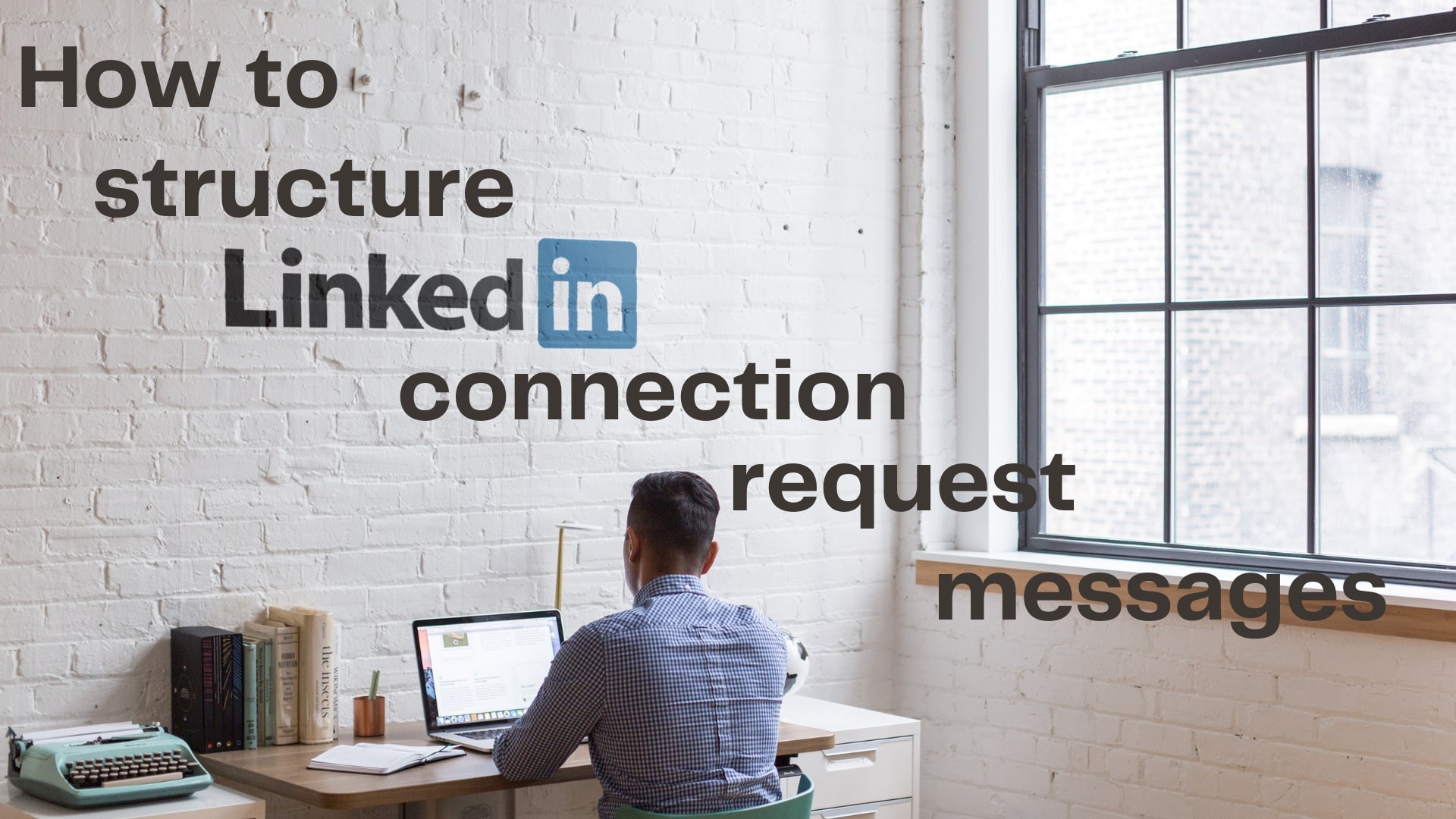How to structure LinkedIn Connection Request Messages for Higher Connection Rates

Approaching and establishing a business connection through LinkedIn can be challenging and not very effective, especially if you see the statistics. The acceptance rate amounts to less than 30% and that’s first level connections, meaning your closest network in regards to your professional experience. One way to tackle this is through customizing an already universal, all-purpose contact request message that doesn’t seem very effective.
The ability to identify and cultivate potential customers is one of the most valuable assets of any B2B company striving to keep a steady growth and make long-term profits. At the same time, it’s also a real challenge and one of the most demanding goals to reach for business owners. Unless, of course, you know the right ways to do it. Before you start customizing, check out the prerequisites.
Guide to customization and templates criteria
So if we take into account the fact that the chances of your invite message being accepted are already slim from the start, we need to acknowledge that the obvious solution is to base your connection request message on a template that encompasses this criteria:
- Personalization – Specific, customized information
- Appropriateness – A different invite message for different profiles
- Applicability – A template that is still general enough to be used several times
Taking the templates as your baseline and editing them according to what the most appropriate approach may be, and combining them with information specific to the profile you are contacting is the way to succeed. However, pay attention to the content that should and should not find its way into your message.
Make sure to remember this advice when you write your contact request messages:
- Include the name of the recipient to draw attention as it improves the ‘open rate’ significantly.
- Write the professional area, successful project, or achievement of the recipient in the body.
- The content of the message should focus on the recipient, not you.
- Mention what the next step of communication may be. This could be an in-person or on-line meeting, or even guidelines on how the contacted person can reach you. The recipients should be in the clear as to what to do next.
- Keep it short. Like this sentence.
The following should be avoided:
- Do not pitch or sell anything at the outset, i.e., in your contact request message.
- The focus of the contact request message should not be on you as the recipient has access to your profile.
- Do not make a call to action straight away as it is better to wait to establish a meaningful interaction.
- Saying that you have checked out their profile without actually doing so!
Now that you are familiar with what constitutes a compelling connection request message, make sure to use the given 300 characters wisely, and remember to customize them to include relevant details unique to your existing or desired relationship with that person.
Here is what you should focus on when you are contacting an acquaintance or a business partner. You should include:
- Their name
- Awareness of their professional engagement
- Mention of their recent project
- Identified yourself as a loyal customer or familiar with their company or product (if applicable)
- An approachable suggestion that they should accept your invite
Of course, every situation demands a unique approach, but this is essentially the formula you should follow. Additionally, you may include an unassertive question to prompt them to reply. Be careful to steer clear of mentioning that you want to sell them something or take advantage of their expertise. It is better to leave that for later communication.
Follow ups
If you are under the impression that the recipient did not read your first connection request message, keep in mind that this is not uncommon, as mentioned earlier. This is no reason to give up. Remember, millions of contact request messages are sent daily, and it is no wonder that people pay attention only to those that are well-thought-out. You should put an effort into writing exactly such contact messages; however, sometimes it simply boils down to bad luck.
Don’t be discouraged. If the person does not reply immediately, you should not surrender to the urge to send messages every day until they do. It is not a viable solution to send messages frequently and indiscriminately, to spam and expect the person to react positively. Nobody likes to be forced into replying, and receiving a batch of identical or almost identical messages will only aggravate the recipient. If you overdo it, your messages could be reported as spam, and in turn, you could be penalized.
- Your first course of action in this scenario could be to send a message that adds more information about why you contacted them.
- Secondly, consider following up according to the following timeline. Instead of being too pushy, it is better to approach making connections by structuring your follow-ups.
- Finally, if you get a negative response, be sure to halt the follow-up messages.
The perfect follow up formula for success is sending up to five additional follow ups, each one a few days after the previous message has been sent. Be patient and put your effort into customizing them, making each one unique to your prospect.
Conclusion
With a smart social media strategy development, following the tips mentioned above, and persistence, you will be successful in your attempts to find leads and convert them into sales in no time.
If you are interested in more, we advise you to check the other blogs on this topic:
6 Ways How LinkedIn Can Help You with B2B Sales
Part I: LinkedIn Networking Mistakes
Part II: LinkedIn Networking Mistakes


